THE SACRED CHAR DHAM YATRA – KEDARNATH YATRA
Yet another major milestone or, rather, Dham for the devotees of the Chota Char Dham Yatra to visit reverently, is Kedarnath! The most remote of the Chota Char Dham sites, Kedarnath is located high up in the Himalayas, near the scenic Chorabari Glacier and flanked by snow-capped peaks, most prominently, the towering Kedarnath mountain.
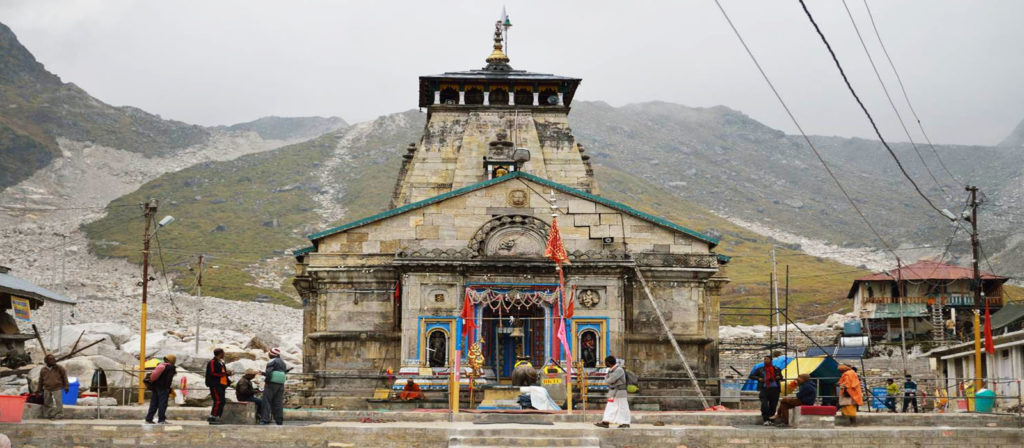
The temple to Lord Kedarnath, situated at a height of 3, 583 meters or an impressive 11,755 ft, on the shores of the lovely Mandakini river, a tributary of the Ganga, is a stone edifice of unknown date! That the Pandava Brothers found it befitting to visit Kedarnath and halt here awhile, after the historic Kurukshetra War, lend to it an added significance!
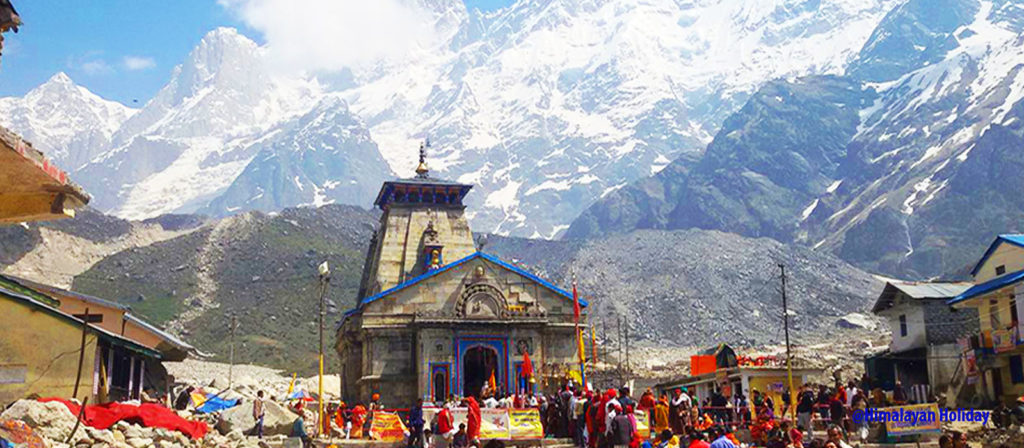
The name “Kedarnath” literally means “the lord of the field”. It derives from the Sanskrit words kedara (“field”) and natha (“lord”). Interestingly enough, the text Kashi Kedara Mahatmya states that it is so-called because “the crop of liberation” grows here, thus uniquely summing up the reason for its hallowed existence.
The presiding form of Kedarnath, in the form of a lingam, is of irregular shape with a pedestal which is 12 ft in circumference and, interestingly enough, 12 feet in height also, rendering it an impressive structure to behold!
There is a small pillared hall in front of the temple, that contains images of the Goddess Parvathi and the five Pandava princes. There are also five temples around, with such quaint-sounding names as Badari Kedar, Madhya Maheswara, Tunganatha, Rudranatha, and Kallesvara.
The first hall inside Kedarnath Temple contains an array of statues of the five Pandava brothers, Krishna, Nandi, the vehicle of Shiva, and Virabhadra, one of Shiva’s bodyguards. In addition, the statue of Draupadi and other deities are also installed in the main hall. The great sage, Adi Sankara, who is believed to have revived the temple of Shiva and Parvati’s wedding nearby, along with Badrinath and other temples of Uttarakhand, is believed to have attained Mahasamadhi at Kedarnath. Behind the temple, is the Samadhi mandir of Adi Sankara.
Revel with reverence at the religiosity of this sacred site, trek through amazing scenic splendours to reach this hallowed spot where the head priest (Raval) of the Kedarnath Temple belongs to the Veerashaiva community from Kerala, wander in wonder exploring the many symbols of the Pandavas surrounding Kedarnath. And partake of the pujas in which water and Bel leaves are used for worship. And obtain the everlasting blessings of the Gods!
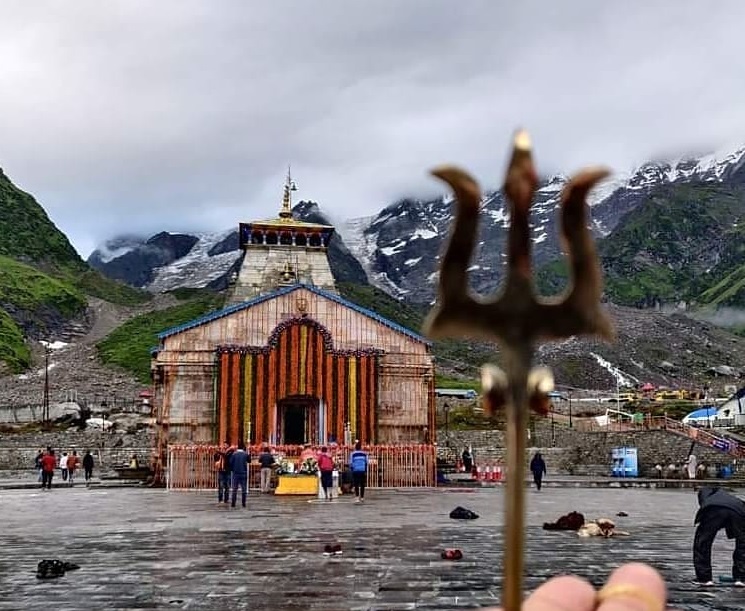
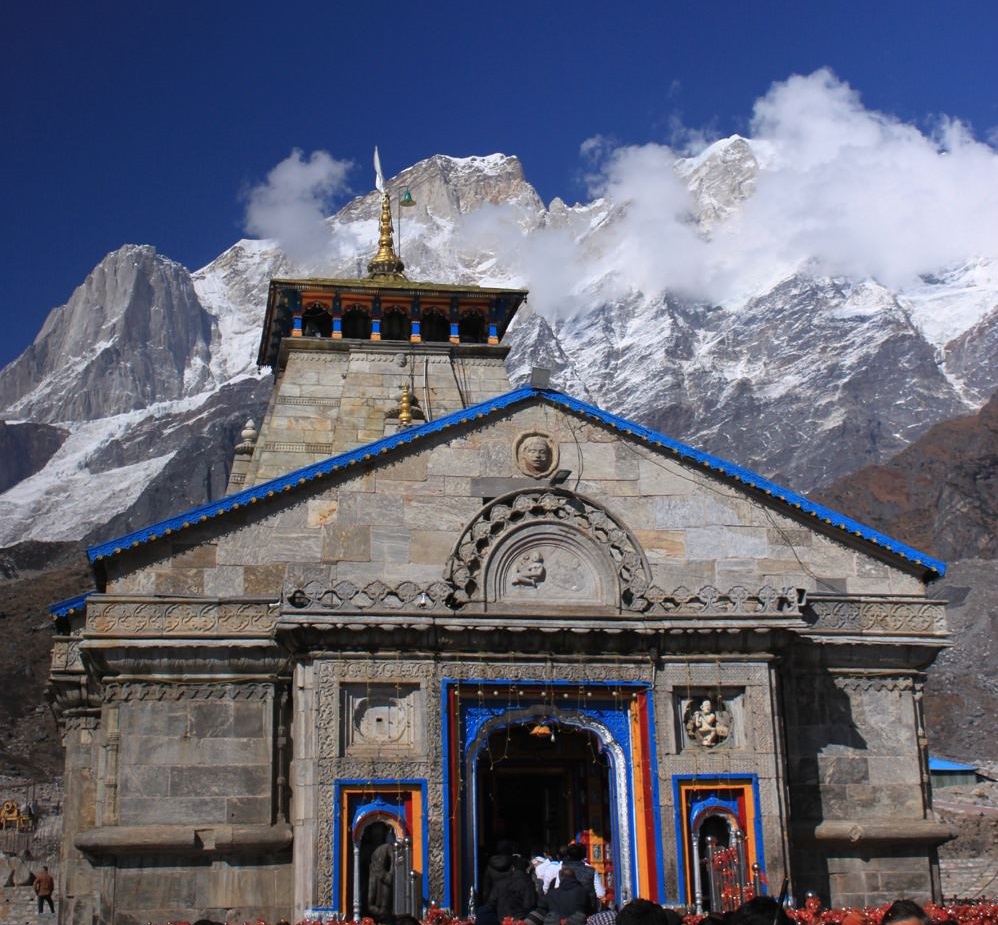
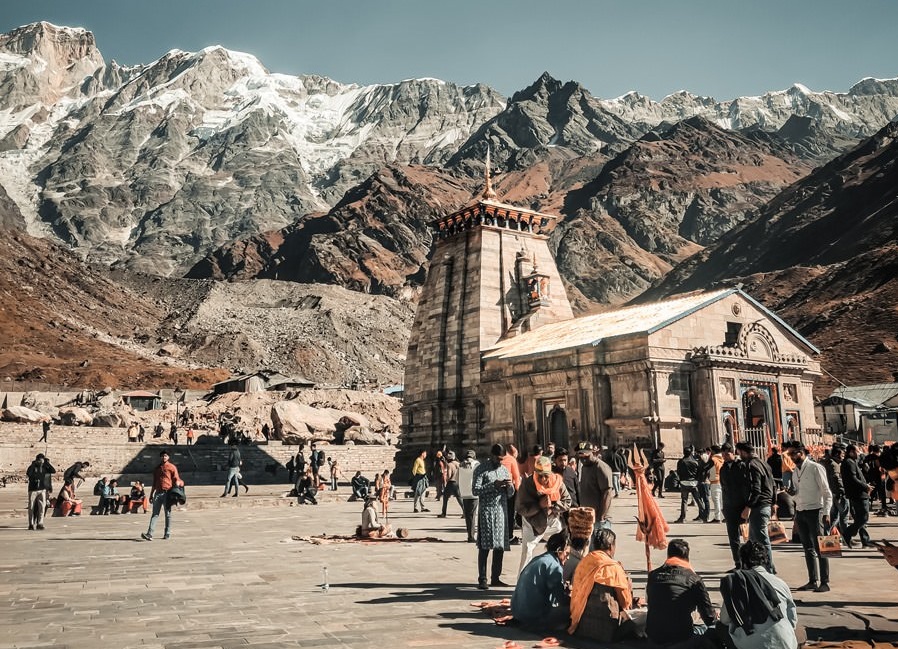
Excellent pictures with great visual appeal, are a great asset and enhance the text suitably.